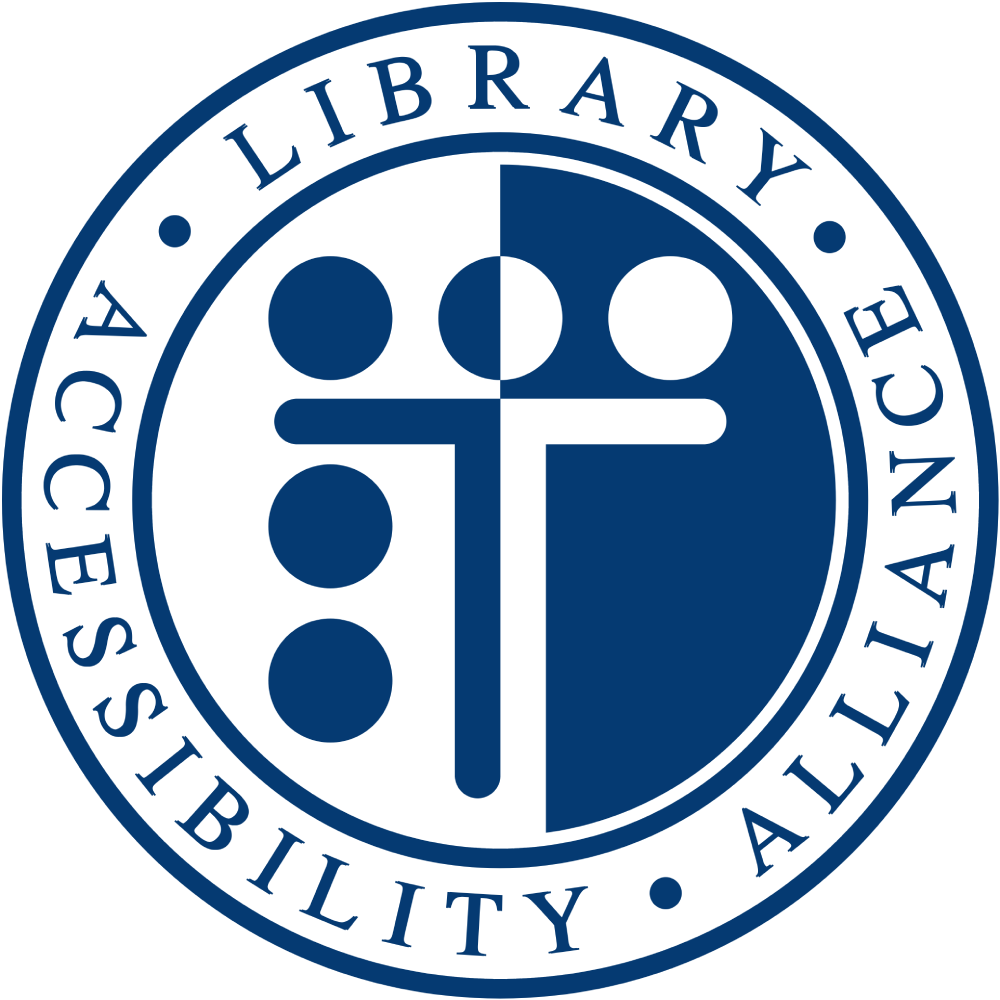***Below is a summary of UARC's accessibility evaluation. For the full report, click the pdf link in the menu on the right.***
MSU Usability/Accessibility Research and Consulting (MSU UARC) conducted a high-level accessibility evaluation of Readex America's Historical Newspapers to evaluate its conformance with WCAG 2.0 AA Criteria. This evaluation did not include all functionality or content of the site or all WCAG 2.0 AA Success Criteria.
During this evaluation, a number of issues were found that will make the site and its content impossible to use for many individuals with disabilities, and difficult to use for most others.
Critically, no text in articles (whether viewed on the website or in downloaded PDFs) is available to screen readers, making them impossible to use for individuals with visual or language impairments that rely on screen readers.
Keyboard users, including screen reader users and users with dexterity impairments, will have difficulty or be unable to use significant site content. Most importantly, some content cannot be reached or operated via keyboard. Many interactive elements lack a sufficiently visible focus indicator, making it difficult or impossible for many keyboard-only users to effectively use them, as they cannot determine when they have reached the correct element. Focus order is also incorrect in many places, further increasing the difficulty of using the site with a keyboard.
Individuals with visual impairments that rely on screen readers will have additional problems. Structural information (including heading and list structure) is not appropriately conveyed to users, making it difficult to understand content organization. Some form inputs are not appropriately labeled, making those inputs difficult or impossible to use for those that rely on screen readers. Many custom elements do not correctly announce themselves or provide appropriate feedback to screen readers, making them difficult or impossible to understand and use. Images have inappropriate alternative text, significantly impacting users with visual impairments, and images of text are used in place of styled text, impacting users with visual impairments and users with reading and cognitive impairments.
Other issues were found that will make it difficult for users with a variety of disabilities to effectively use the system, including insufficient color contrast, insufficient link context, and missing document titles. Usability issues were also encountered, which will impact all users, regardless of disability status.
To improve access for users with disabilities, UARC recommends a full WCAG 2.0 AA evaluation and that the problems discovered be remediated.
 Library Accessibility Alliance
Library Accessibility Alliance